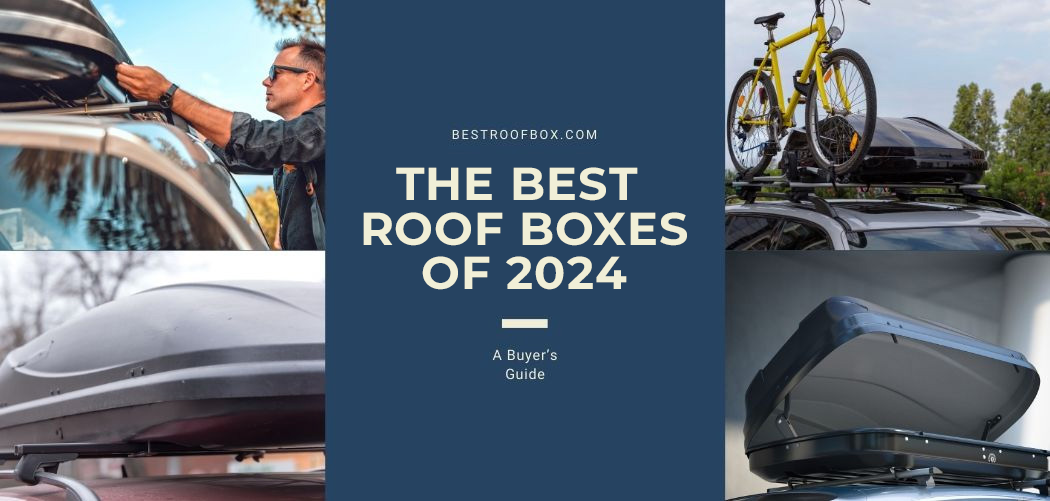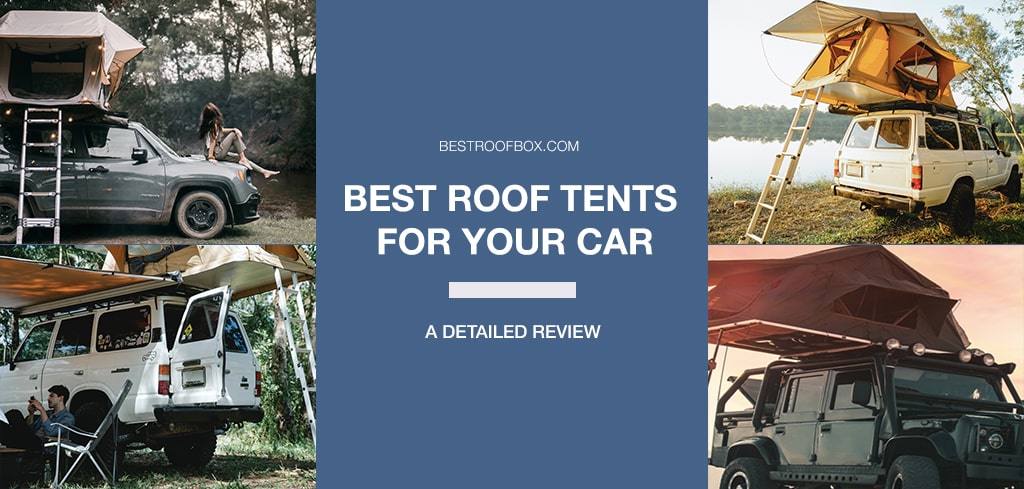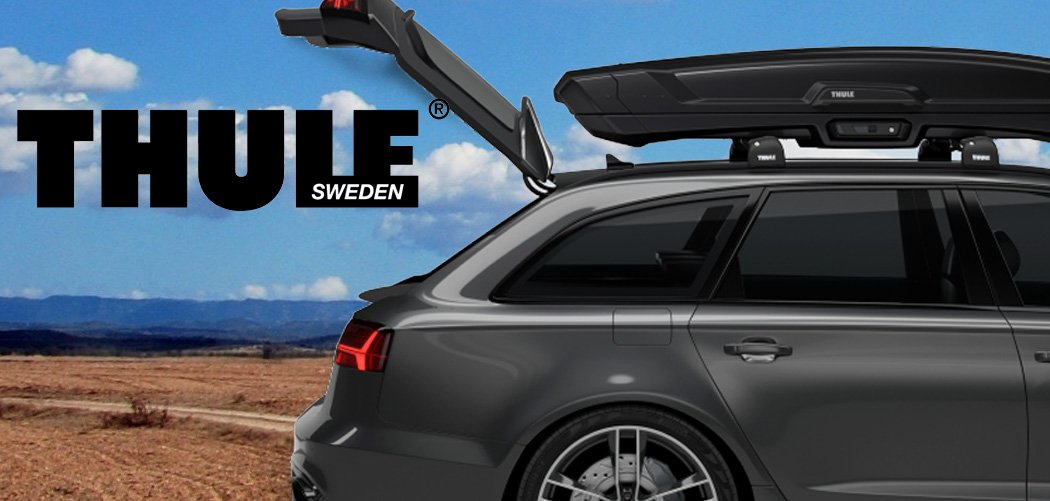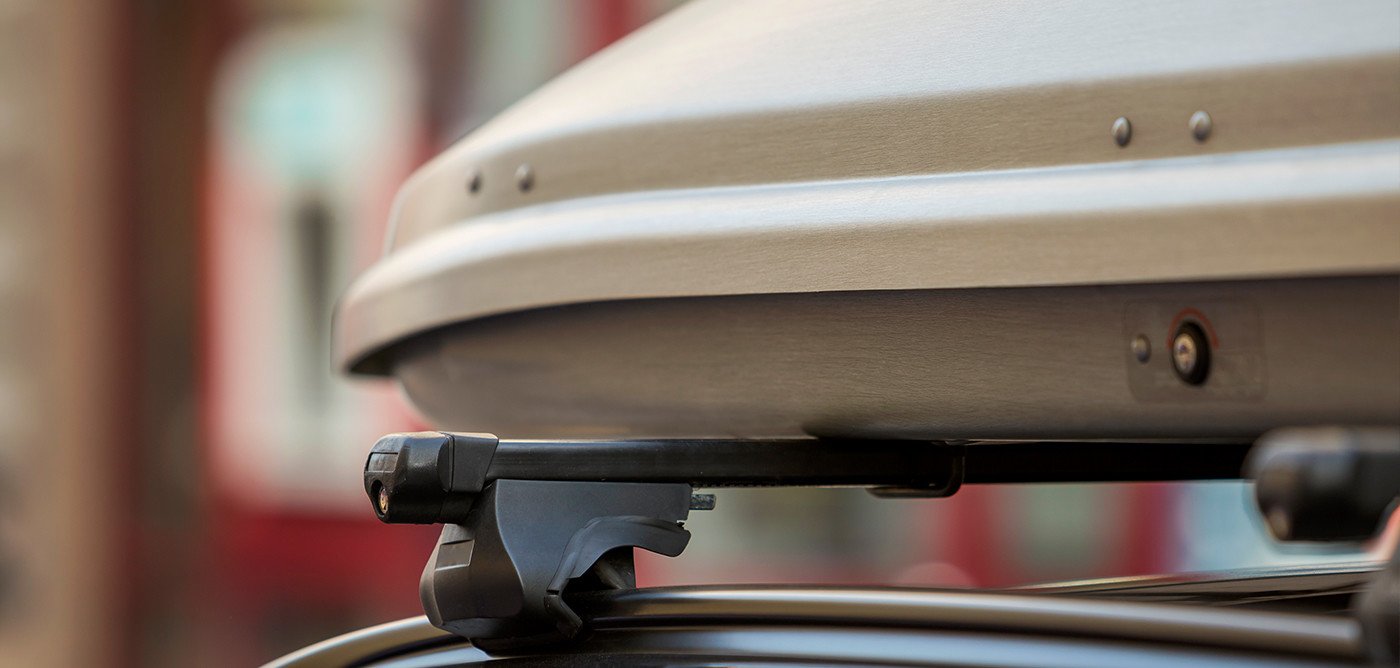Table of Contents
Introduction
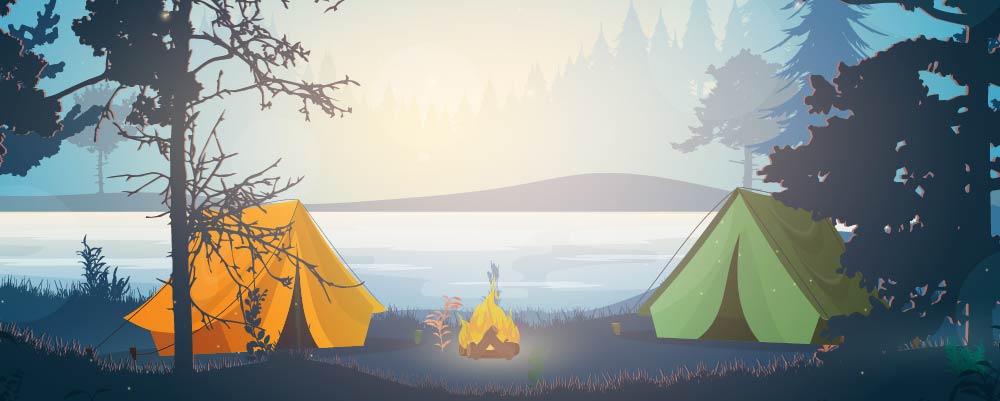
Whenever you go camping or backpacking in the great outdoors, you need to be prepared. Here is our beginner’s guide to camping, where we’ll cover everything about the hobby in basic detail so new campers know where they stand.
Below you’ll find an explanation of what camping is and how people started doing it. A brief history lesson isn’t going to prepare you for the wilderness, however. That’s why the majority of this guide covers the equipment you’ll need, split into the following categories:
- The Essentials
- Clothing and Gear
- Other Amenities
- Food Items
- Car Preparation
- Tips on Tent Pitching
If you need suggestions for any or all of these categories, you should find all the information that will help you get started below.
We’ve also included links to supporting material where appropriate, such as proof of any claims made in this guide or to show examples of the topics covered. That way, you can rest assured that our guide is full of accurate information worthy of the camping trail.
Let’s begin with what camping is and the history behind this pastime, for those who did not know.
What Is Camping, And How People Started Camping
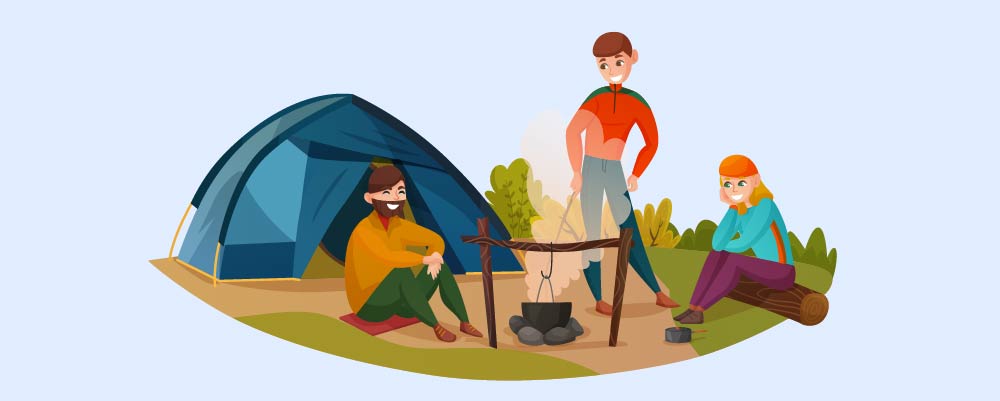
In its common usage, camping is defined as when somebody stays away from their home for the night. This means little to no shelter from your house or any other buildings you might call home, with most sleeping under a tent or in vehicles like RVs.
People find comfort in the challenge and the freeing activities that come with leaving a developed area to stay in wilder locales.
How people started camping is much more complicated, so we’ll give you a brief rundown. Of course, camping as a recreational activity has come a long way to where it is today. Before that, it was a practical tool for survival.
We can reasonably assume that people have camped for as long as the tent has existed. That’s as far back as the Iron Age, though they’re estimated to have been used before then, considering they are mentioned in The Bible and were probably in use during the Mesolithic Age.
They were also used worldwide, as evidenced by Native American camping practices untouched by European, African, and Asian traditions. Historically, some nomadic societies lived out of their tents and traveled from place to place, too.
Also, as you may have seen depicted in media, Roman armies set up camps when a route was too long to be marched in a day. These are all camping by technicality, though probably not what you had in mind when you came here.
Modern camping has some elements in common, like wanting to stay warm and protected from critters, but the overwhelming majority of camping nowadays is in the pursuit of one thing – entertainment.
So, when did people start camping for fun? The idea that camping was an escape, from civilization and to the wilderness, was fostered by three people.
First, William Henry Harrison Murray and his Outdoors Movement. This spawned from this 1869 publication Adventures in the Wilderness. While interest in visiting New York mountain ranges came from it, it was usually monied families building cabins in these areas to experience nature.
The traveling tailor Thomas Hiram Holding is usually the one attributed to popularizing recreational camping. It had already become a pastime to camp on the banks of large rivers, like the Thames, where heavy camping equipment was best transported by boats.
By publishing two books, Cycle and Camp in Connemara in 1901 and The Campers Handbook in 1908, his works started camping groups up and down the country. The largest from his influence, the Camping and Caravanning Club, is still active today.
Concurrently, war hero and Boy Scouts founder Robert Baden-Powell rose to prominence after his military manual Aids to Scouting was a best-seller. He rewrote it into Scouting for Boys in 1908, spawning the Scouting Movement and the Boy Scouts and Girl Scouts of America from it.
As for commercial campgrounds, Cunningham’s camp on the Isle of Man was opened in 1894 and is considered by many to be the first of its kind. Add to all this a wilderness exploration boom in the 1960s and you have camping as it stands today.
Essential Camping Gear
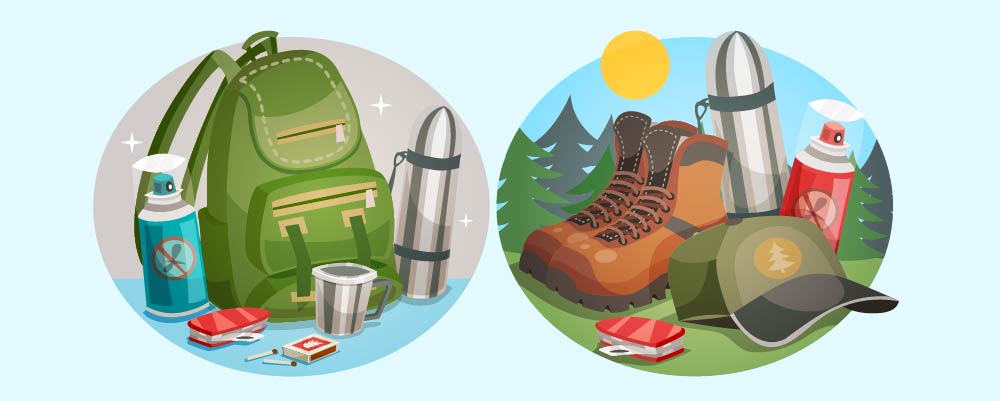
Now that the history lesson is over, here’s our breakdown of the gear you’ll want to take with you when you go camping. It may look like a lot at first glance but not all of them may be necessary and you’ll have ample storage space if you’re prepared correctly.
Let’s start with the essentials.
A Tent
You need a tent if you’re going to go camping. A standard sleeping bag isn’t enough to keep you protected from the elements, whether that’s rainfall or wandering insects that might want to share the bag with you.
So, what do you want in a tent? It’ll depend on where you’re going but you want it to be big enough, durable, water-resistant, and ventilated.
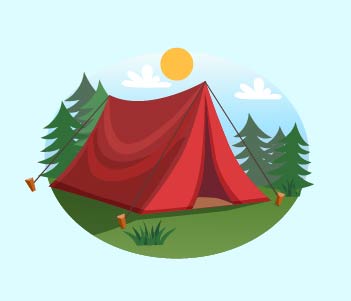
Get a tent with a fabric mesh so the interior can breathe but keep a water-resistant rainfly handy so that you can cover up from the rain. Go for higher Denier and thread count figures so that you get a more durable tent.
You can find more specific information about choosing tents here.
A Sleeping Bag
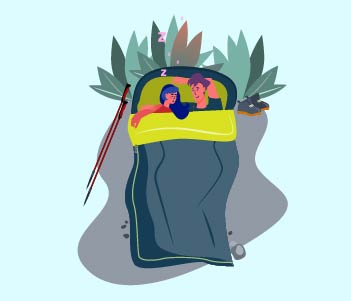
Having a tent is great but most of us prefer to be snug when we sleep. You won’t get that in a tent alone, so you should get a sleeping bag to take with you.
Comfort is most important with sleeping bags. They shouldn’t be exposed to the elements so durability isn’t so much of a problem, just make sure it’s comfortable and it fits.
Camping Chairs
Unless there’s a neatly chopped tree stump nearby, you probably don’t have a seating arrangement at your campsite.
We’d advise that you bring your own seating, preferably made of the same synthetic fibres that tents are made from so you can judge their durability through material thickness and thread count.
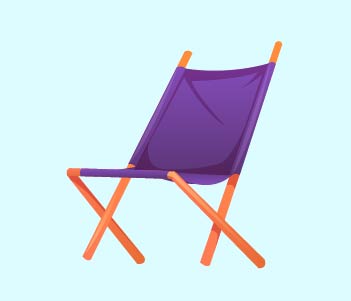
It also needs to be comfortable. You must actually want to sit on the chair, after all. Cup holders and other bonuses are also appreciated.
Buying with the camping gear niche can be expensive, here are some alternate suggestions you may get away with on calmer terrain:
- A standard deckchair
- An inflatable
- A small, carriable stool
- A seat in or the boot of your vehicle, if present
Camp Table
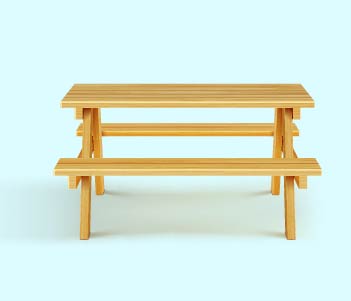
What good is a chair without a table? This is essential if there are multiple people, especially a family, who need a hub to gather around.
That table will be the hub of your camp, where most social interactions and game playing will take place. A table requires a suitably flat environment to sit properly, of course.
It should also come with pegs or some other form of securement to stop it from blowing away if the weather gets too windy.
Lighting
You’re going to need lights.
Yes, you may have a campfire if you’re camping old school, but even then you’ll want to keep some flashlights or camping lanterns in case anybody needs immediate light.
Even better, you can get headlamps that you wear so that your hands are free.
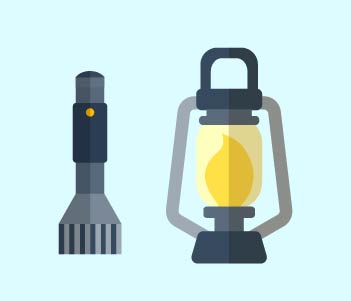
As for the insides of your tents, you can get convenient, hangable light bulbs that you can suspend in them. Some tent models may even come with one of these and the in-built electric system to accommodate it, but they’re often the more expensive products.
Stove
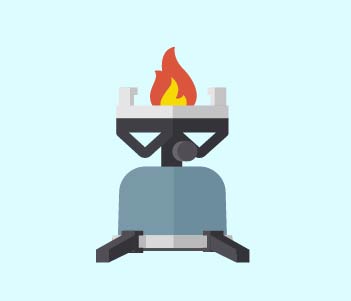
You’re going to need to eat, that’s just a fact.
As a beginner, you’re not going to cook great meals off of just a campfire alone and even the professionals still swear by using cookery equipment if you want fine dining in the wild.
Whether it’s fuelled by gas or alcohol, a small stove is great for cooking your food easily when you’re out on the trail.
If you’re camping on hard mode, you can use waste items to make your own survival stove, a handy skill for campers to know and a sure-fire way to impress your friends.
A Cooler
Whether it’s preservable food or a few beverages of your choice, no campsite is complete without a cooler. Being out in the wild, you’ve abandoned any hope of regulating the local temperature.
A cooler allows you to keep a few important things cool without much effort on your part, just make sure it has enough capacity and an ergonomic handle so it’s easy to carry.

Pots, plates, cups, and sporks
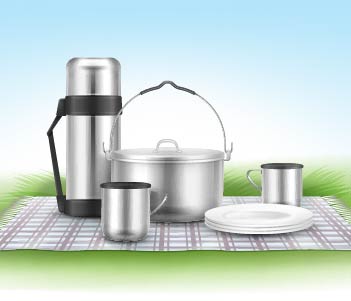
The extent of your pot collection is going to depend on what you’re cooking, naturally.
That said, every beginner will want to have a plate per person, if not disposable plates that you can get rid of once you’re back in civilization, and a cup too.
That way everybody can eat and drink without having to rely on one another.
Unless you’re planning on living off finger food for a while, you’ll also need to use something to pick food up with. A camper’s favourite is the spork. Why a spork? It’s a spoon and a fork in one, of course. It stops you from having to carry them both.
Clothing

While any camp can be just a tent and a stove, you need to wear the right clothes if you’re going to take camping seriously. Like with the tents themselves, what you wear will depend on the climate. For the following equipment suggestions, we’re going to assume the worst.
Walking Boots
Without a doubt the most important part of your gear, you need to have the right footwear when camping. Like any strenuous task, your feet are going to go through a lot of pressure when camping.
This is especially the case if you’re backpacking but even standard camping will expose you to mud and moisture that needs warding away.

Ask yourself the following questions:
- Which climate are you camping in?
- Does your footwear fit well?
- Do you want leather or synthetic boots?
- Are they waterproof?
- Do they have tread for muddy landscapes?
Warm Socks
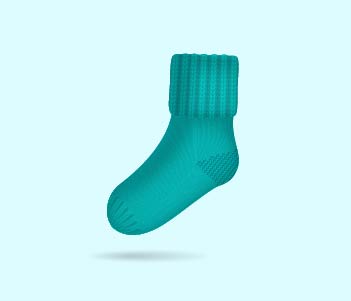
Just like the boots, your socks will affect how comfortable your feet and legs are when camping in the great outdoors.
Even if you’re expecting warmer weather than most campers, what’s important is that the socks have moisture-wicking capabilities.
Of course, if you are in a cold area, you’ll want to have sufficiently thick socks that are warm and comfortable.
Liner socks help to stop blisters if that’s a problem for you. Go for Alpaca wool, bamboo, cotton, and Merino wool for the best camping performance.
A Warm Coat
If you’re packing a warm pair of socks, you’ll also want to keep a warm coat handy.
This is especially the case where your torso is going to be exposed to wintery climates.
It needs to fit, that’d be a good start, and you need to decide which material it’s going to be made from.
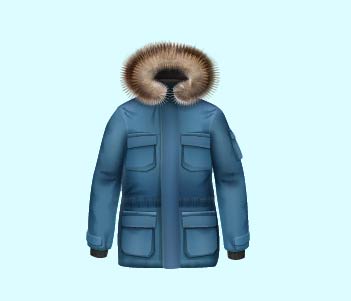
Remember that you’ll need to accommodate for layers beneath the coat too, so don’t buy for your usual size. Along with fit, you should make sure it’s easy to put on and take off.
This means you’ll want reliable zip systems or buckles. You’ll also need to decide how many pockets you want and whether you need a hood or not, both of which will depend on where you’re going and what gear you already have.
Remember to read labels so that you don’t wash or dry your coat incorrectly, which will degrade or ruin the material used to make it.
A Rain Jacket
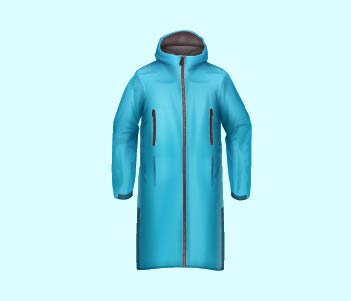
Keeping all of the above in mind, you also may need to look for a rain jacket too.
You’ll have to consider the warmth of the coat, its material, and how many pockets the jacket has.
When buying for wet weather instead of cold weather, you’ll have to pay more attention to the jacket’s hydrostatic head rating.
The hydrostatic head rating is a test of how many tall columns of water, in millimetres, can be placed on top of the fabric before the water penetrates it.
Any figure over 1,500mm is considered fully waterproof. Be careful that the more waterproof a jacket is, the less breathability it’ll tend to be.
Also note that you can get a coat that’s both warm and repels rain, allowing you to cover both this section and the section above with just one purchase.
Gloves
If you’re packing for cold environments or you’re planning on working with your hands a lot, you’ll want a pair of gloves to stop them from becoming raw.
You can choose mittens if you need to keep your hands warm without doing much with your fingers and you can even get heated battery-powered handwear.
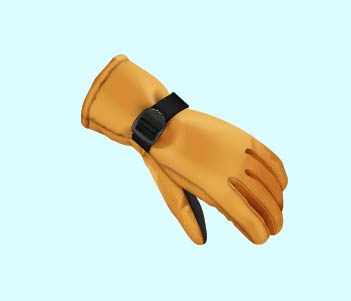
Speaking of technology, you may want to have touchscreen compatibility on the fingertips so you can work smartphones and any other touchscreen tech you may bring.
From there you can find a host of other features like:
- Wrist cinches to improve fit
- Wrist cords to avoid dropping them
- Gauntlet cuffs to stop cold air snaking up your sleeve
- Thumb wipe material to wipe nose drips away
- Leather palms for more grip when handling items
Underwear
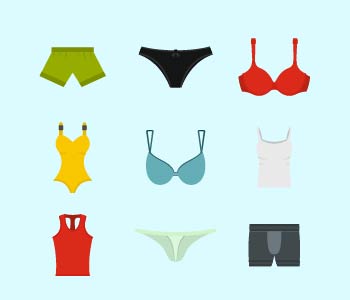
Last but certainly not least in the clothes department, you’ll want a pair of suitable underwear. This means going with your usual at first.
If a certain kind of underwear is uncomfortable for you at home, it certainly won’t work on the trail. Even with your preferences considered, there is such a thing as too tight or too loose with underwear.
A lot of the advice that applies to camping socks also applies to underwear. For example, you want underwear that wicks moisture so that your groin area is always dry.
If it does get wet, it should dry quite quickly. From there, you can look at other features like a lack of tags or itchy seams so that skin irritation is minimized.
Other
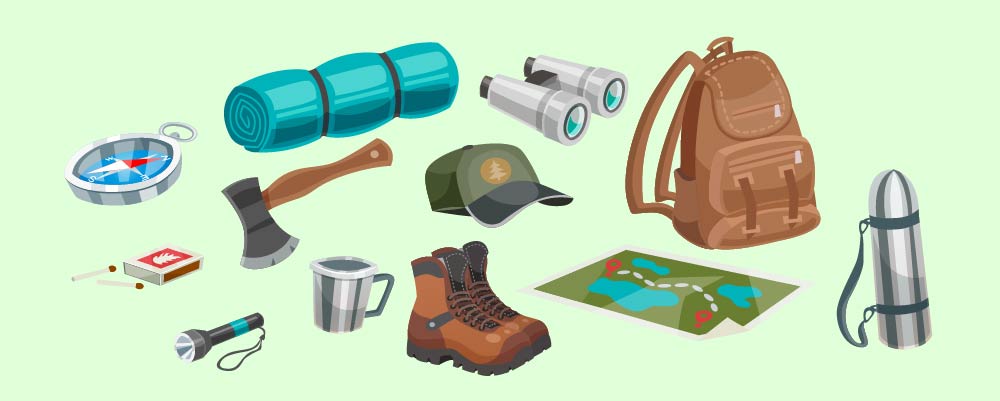
Along with the general equipment needed and suitable clothing, here are the other things you should take with you when going to the wilderness.
Bug Spray
Different areas come with different pests, so your focus on bug repellents will vary depending on where you are.
That said, we can generally highlight six common pests that campers have to deal with.
Check them out below and how you can keep them at bay:
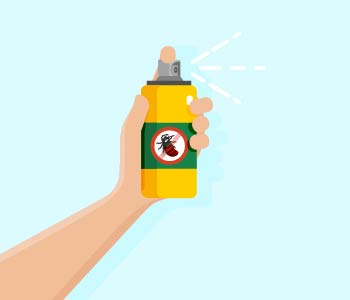
- Wasps – Seal sugary food away and dispose of trash so they can’t detect it. You can also create a trap by following these instructions. If you have qualms about harming wasps, tying brown paper to a nearby tree or surface can deter wasps too if it’s convincing enough to seem like a rival wasp nest.
- Mosquitoes – Keep your camp away from stagnant water and wear long-sleeved clothes. Use a bug spray or mosquito/citronella coils to repel them.
- Midges – Same as mosquitos, so stay away from water. Wearing white can help repel them, too.
- Ants – Everybody knows ants are attracted to food, so don’t leave any out. Don’t have your camp too close to overhanging vegetation and get typical insect repellents.
- Ticks – Check your body and try not to wander through the brush too much. Lighter clothes can help you spot them before they latch on. If bitten, remove it. You can buy dedicated tick sprays with DEET in.
- Slugs – Salt will work better than a spray to kill slugs, though this is labour-intensive on your part. Otherwise, burying a cup of beer can function as a handy trap.
Toiletries
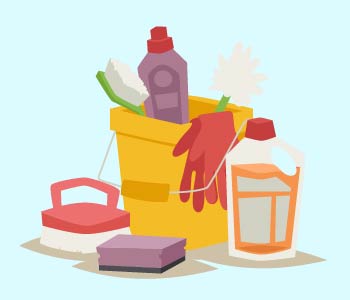
You’ll need soap and general hygiene items like your toothbrush, face wipes, and shower shoes if there’s a communal shower at the campground.
If you’re worried that you’ll forget something for your trip, remember that you can buy dedicated camping toiletry kits in many stores.
First-Aid Kit
This one should be self-explanatory. Like you should keep a first-aid kit in your car and at home, you should have a camping first-aid kid.
It should contain the same contents too, like plasters, bandages of various sizes, gauze, medical tape, tweezers, and bandage scissors, and some kind of alcohol agent to purge bacteria. A manual on what to do with the kit helps, too.

Maps
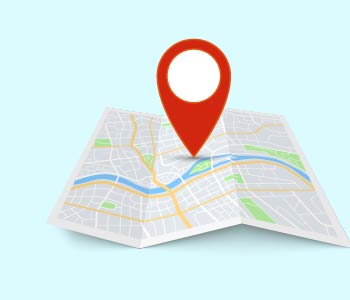
Even if you think you know the area, you need to have maps. Don’t just get one map and call it a day, either.
Instead, try and get one that shows your area in different levels of detail, such as on local and county levels.
Maps that highlight topography may be useful, too.
Electronics + USB Chargers
We take our phones everywhere nowadays, and for good reason, they can help campers out in dangerous situations.
Along with your phone, a USB charger and any other electronics should be fine to take with you.
Hardcore campers may want to limit electronics but it’s fine for a beginner to bring them.
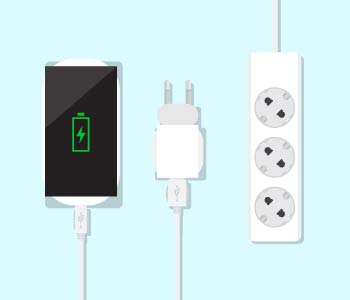
Portable Power Banks

Regarding the above section, those electronics won’t last forever.
You’ll want to keep your phone, and any other electronics, charged when camping.
USB chargers and charging packs are very useful for this.
Prepare Passports/Visas If Traveling Abroad
If your camp is beyond any patrolled borders, you’ll want to have your paperwork in order.
This means you should keep some form of valid identification with you along with any passports or visas that would be required to justify your presence in an area where you’re not a citizen.

Water + Snacks For The Journey
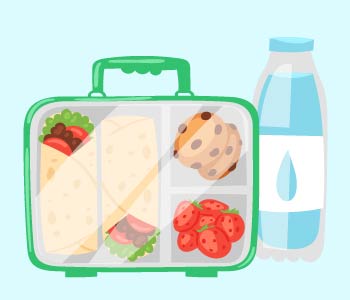
We go into more detail on food below but remember to pack plenty of drinking water and snacks that don’t require cooking or significant preparation to eat.
You can go with the cliches and get marshmallows or popcorn or buy specially made trail mix of all kinds of foods like nuts, seeds, crackers, and pretzels.
Dog Food/Toys If You Are Taking A Dog With You
Needless to say, you’ll need to bring dog food with you if your furry friend is joining you.
You’ll want them to be comfortable too, which means they should have a bowl, enough food for the trip, a toy or two to play with, and their leash.

Books/Other Entertainment

If you like your campsite quieter and electronic-free, books are a great form of entertainment.
You can also practice other quiet skills, like drawing/painting or sudoku.
If you have a quiet pastime that you enjoy doing, consider taking it with you when you hit the trail.
Sun Cream (If The Weather Is Predicted To Be Warm)
If the sun is going to be a problem, circumvent that problem through the use of sun cream.
Remember that your solution should be over 30 SPF for higher protection.
Also, make sure that your solution protects from both UVA and UVB rays.
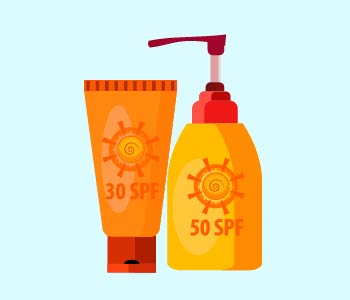
Food
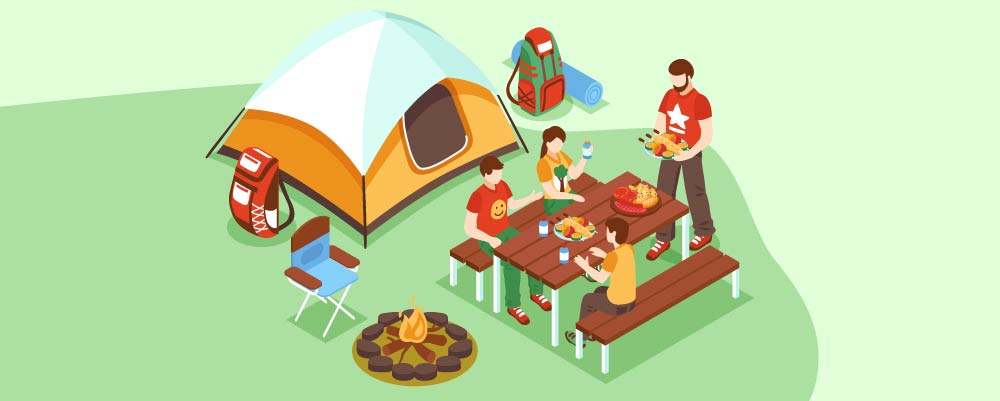
As we mentioned, you’ve got plates and cups for your journey and a stove to cook food with, so now you need to find something to cook. You can’t live off marshmallows all day, so try and keep some of the following foodstuffs as part of your camping gear:
Canned Food

Preserved and protected, canned foods are also notoriously fast and easy to cook.
This is ideal on the trail and you’d be surprised how many tasty recipes can be crammed into a tin can nowadays.
Dry Snacks
Think cookies, crackers, chips, and other dry snacks that are more substantial than marshmallows.
Choose your favorite household snacks and bring them with you for some domestic comfort miles away from home.

Coffee or Tea

Bring whichever you prefer, or both, and keep them around if you need your caffeine fix when out on the trail.
If you take them with sugar, remember to keep them sealed and out of the reach of sweet-craving pests like wasps and ants.
Creamer
If you want something to take the edge off that coffee, creamer is useful.
It keeps for longer and a cooler can keep any dairy products fresh anyway.
If you’re not a fan of creamer, check out powdered or evaporated milk. Yes, you can even get milk in a tin can.

Car Prep If Traveling With Your Car
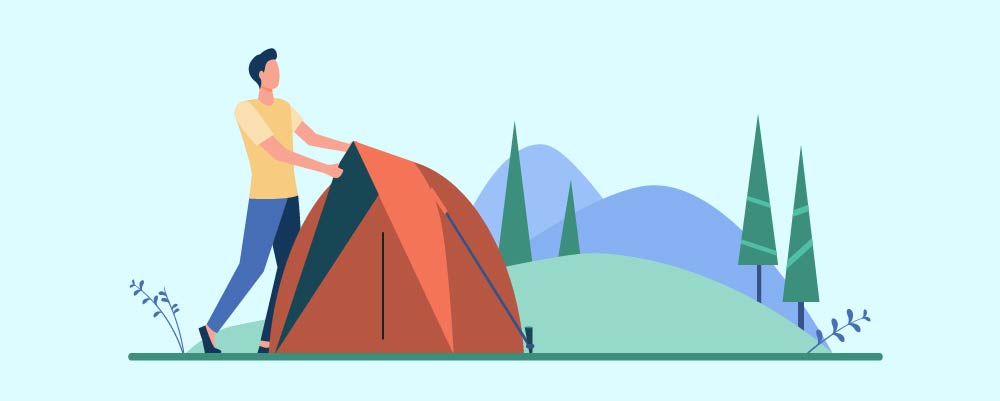
If you’re taking even half of the gear above, you’re going to need transportation to get it to your campsite. For many of you, this will be your car. In that case, you should make sure your vehicle is up to the task and fully legal before you ride it into the great outdoors. Consider the following:
Check Your MOT
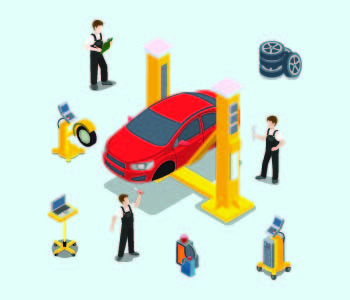
Take your vehicle for the road-legal inspection that’s required in your country.
Just like you want all the paperwork to prove you’re allowed to be somewhere if you’ve crossed a border, you also want to have the paperwork to show your vehicle is allowed to be on the road.
Check The Oil Of Your Car
Whether it’s through a dipstick or a modern electronic monitor, check your vehicle has enough oil for the journey. If not, top it up with your vehicle’s compatible oil.
Check/Change The Tyres If Needed
Unless you take road trips often, the drive to your campsite will likely be one of the longest drives you make in the year.
Check if your tyres can make the journey by making sure they’re undamaged, have ample inflation, and have an acceptable amount of tread on their surface.
Remember the 20p rule, where placing a 20p coin can show if you have the 1.6mm of tread that it often takes to pass road-legal tests.
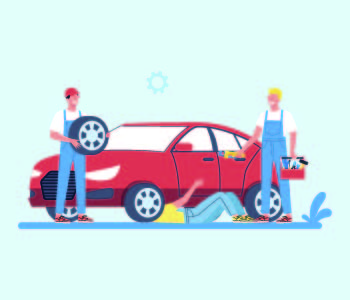
Check Whether You Have Enough Gas
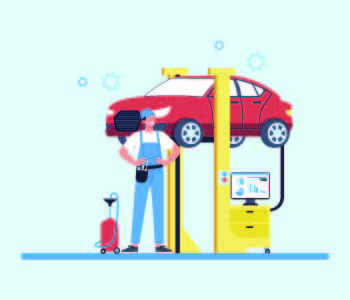
Arguably the most important since you need to get to the campsite to start camping, make sure you have enough gas.
Breaking down is bad enough but nobody wants to break down while carrying so much cargo.
Plan The Route
Getting lost isn’t going to help your camping trip and it could be a costly waste of good gas, so make sure your route is planned out and memorized.
Electronics satellite navigation can help, too.
If you don’t have much gas, save money by getting gas on the way.

Secure Your Roof Box
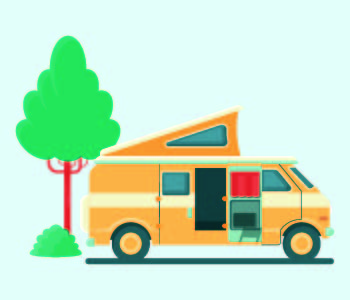
If you’re taking enough that your vehicle is full, you can add so much more storage space by securing a roof box.
No prizes for guessing where it goes and, once properly secure, it’ll keep your belongings safe.
Secure Bikes If You Are Planning On Taking Them
Similarly, if you want to bring a bike, it should be mounted onto your vehicle.
Many campers enjoy cycling through the wilderness, just remember to take pest control measures.
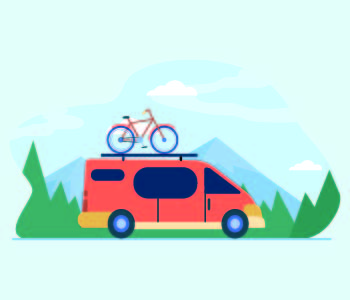
Make Sure Your License & Registration Are In The Car
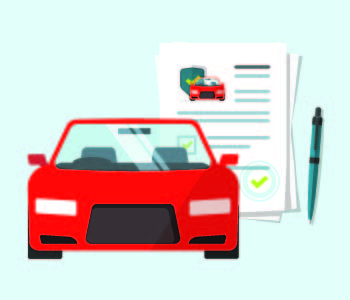
As we said, you want to keep all paperwork relevant to your ID and your car’s legality inside the vehicle.
It’s all safe enough in the glove compartment for most people, so don’t overthink where you store this valuable information.
Tips On How To Pitch A Tent
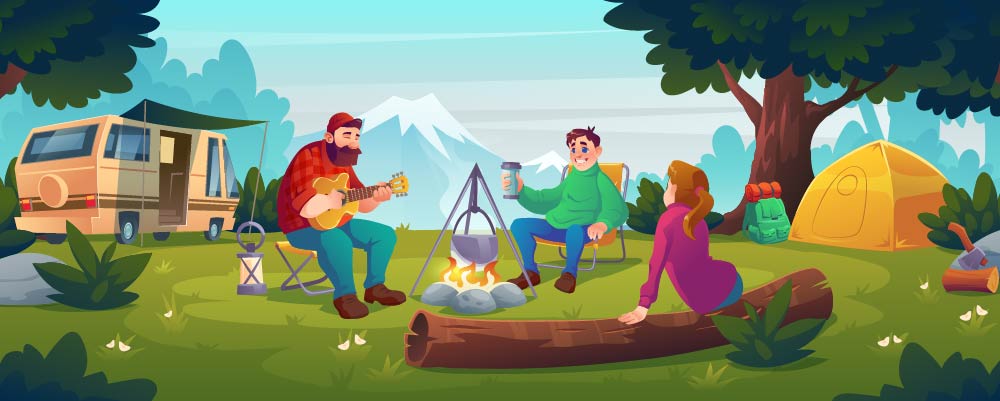
One of the common sticking points for beginners is pitching the tent, so here are our top tips on how to do that without embarrassing yourself. Some tents are easier to pitch than others, so buy simpler models if you’re not confident in your ability.
Know Your Tent – Yes, this means reading the instruction manual if you haven’t pitched this particular tent before.
Choose A Level Spot – Setting a tent uphill isn’t comfortable or safe, especially if a gust of wind can blow it over.
Be Mindful of Tent Stakes – Keep them safely stored, away from children and young animals if present, and make sure they’re properly secured when the tent is set up.
Make It More Comfortable – You can bring in soft furnishings to your tent to make it more comfortable once it has been pitched, to add some homely finishing touches.
Summary
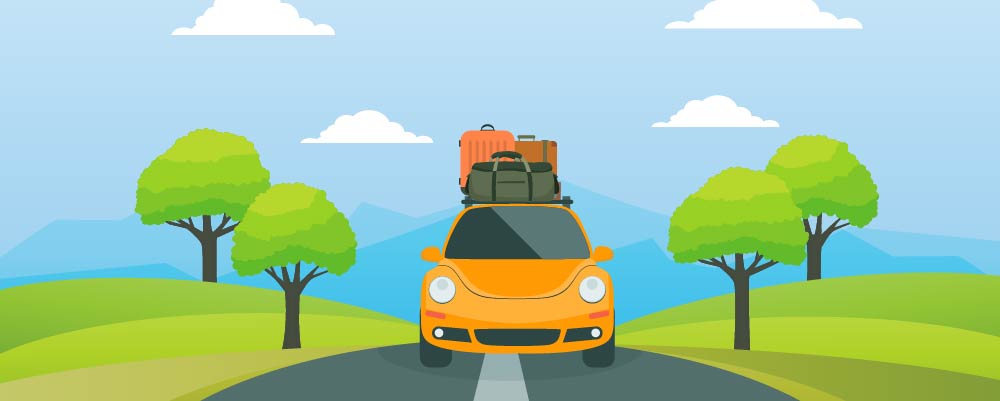
With that, you should know everything a beginner needs to know when planning out their camp. There can be a lot, so remember that not everything is necessary and that you can keep this guide handy and use it as a checklist to plan the perfect first camping trip.

